Air Blowing the Cigarette Lighter
Air blowing into a cigarette lighter is a method often used to either cool the lighter after use, reignite a weak flame, or attempt to remove debris from the lighter’s nozzle or ignition area. This action, though simple, interacts with both the physical and functional components of the lighter in interesting ways.
Cigarette lighters, whether disposable or refillable, operate by releasing a flammable gas—usually butane—that ignites through a spark mechanism. Over time, dust, lint, or burnt carbon particles can accumulate around the ignition area or in the nozzle, obstructing gas flow or affecting the flame’s stability. Blowing air forcefully into this area can help dislodge these particles, restoring proper gas flow and cleaner ignition.
In another context, someone might blow on the lighter while it’s ignited in an attempt to manipulate the flame—either to make it stronger, to direct it toward a cigarette tip, or to keep it from extinguishing in a windy environment. However, this is generally ineffective and may even snuff the flame out, especially if the airflow is inconsistent or too strong.
It’s important to note that blowing directly into a lit or recently used lighter can be hazardous. Residual heat or flammable vapors could ignite unexpectedly. Additionally, if a person uses excessive force while blowing into the nozzle, it might damage the internal valve system or misalign the spark wheel and flint, making the lighter unusable.
Buy Now: Link
Whatch Now: Link


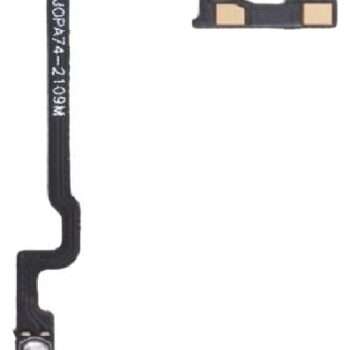
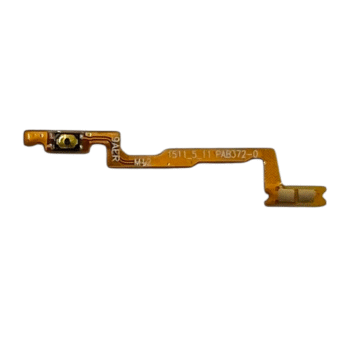
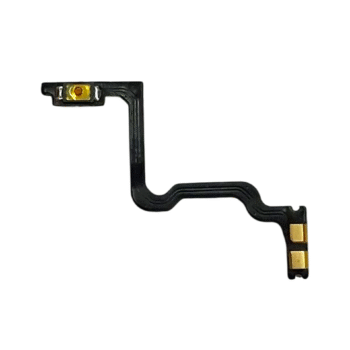
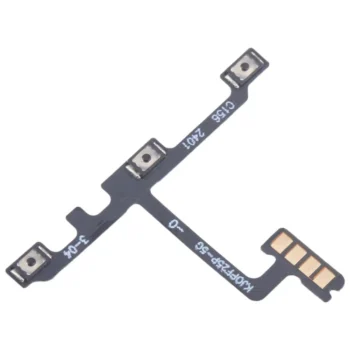
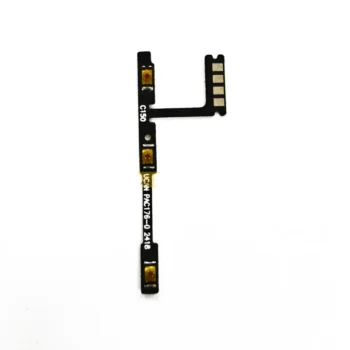
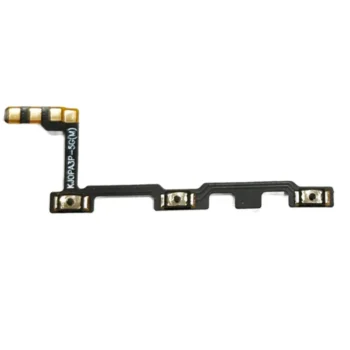
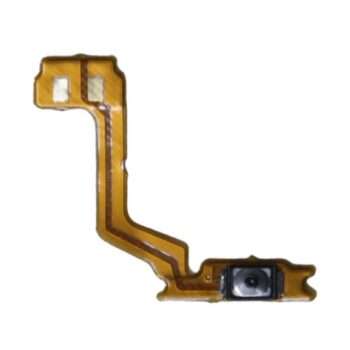
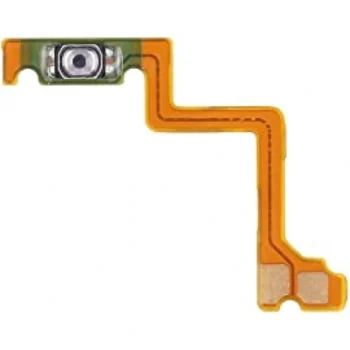
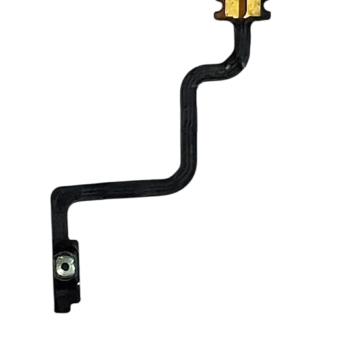
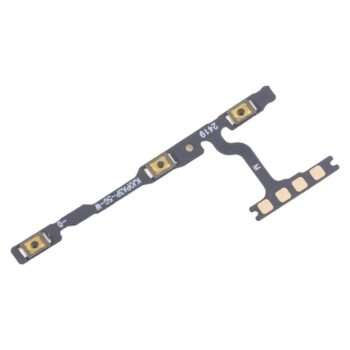
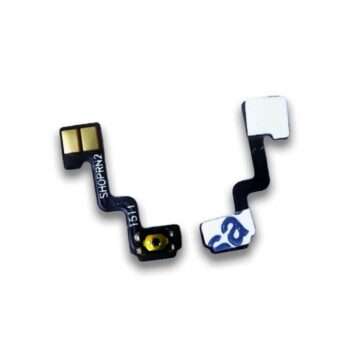
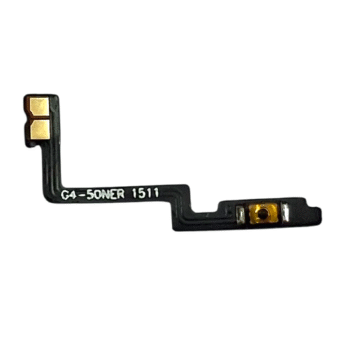
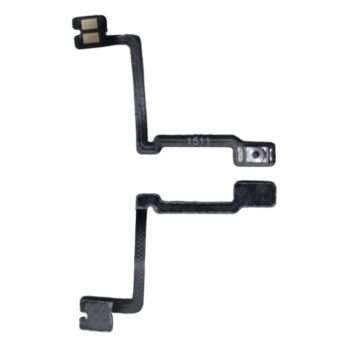
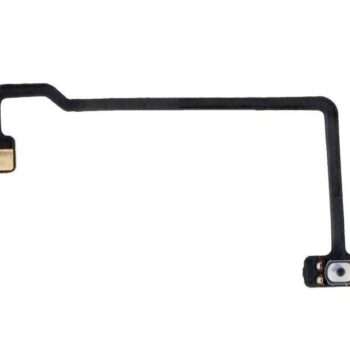
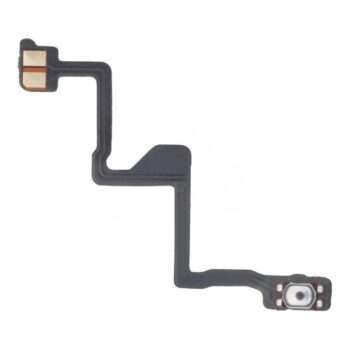
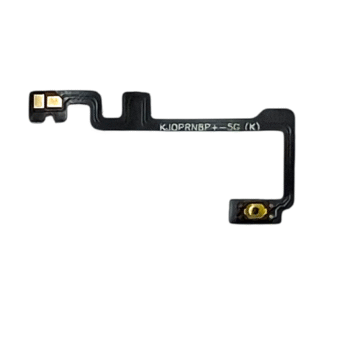
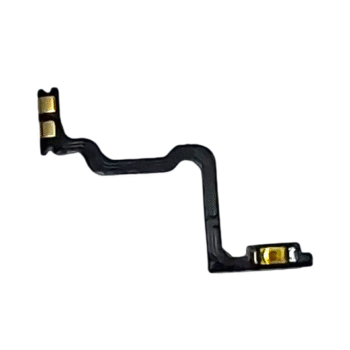
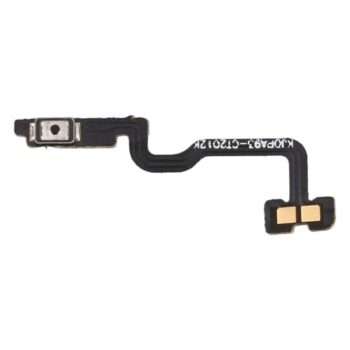
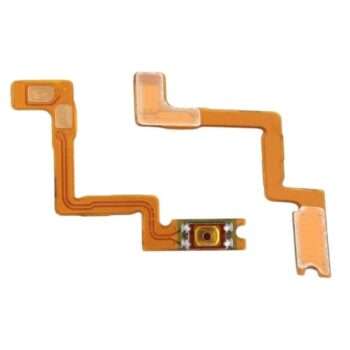
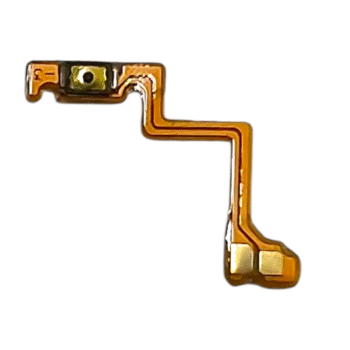
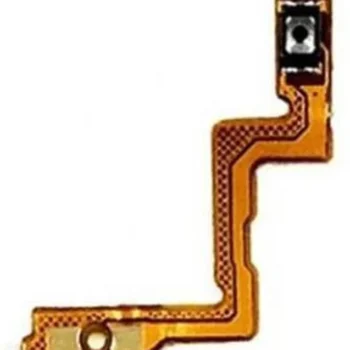
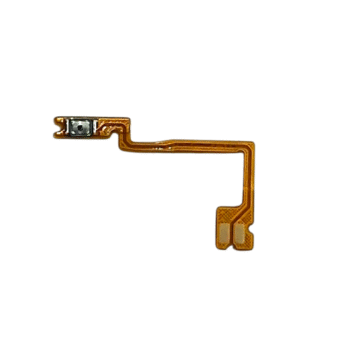
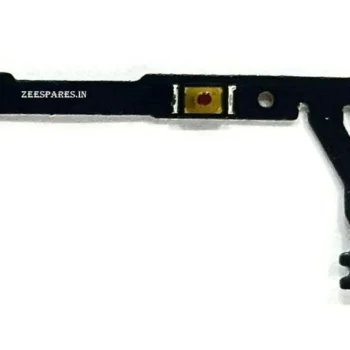
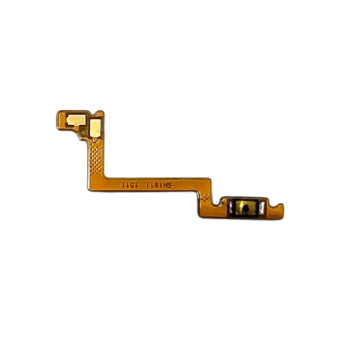
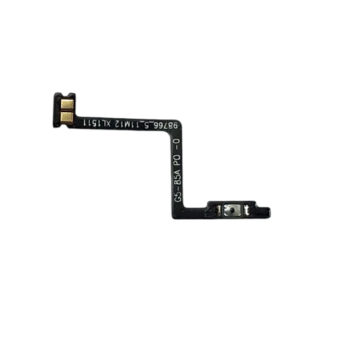


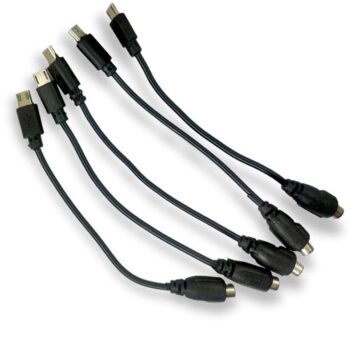


Reviews
There are no reviews yet.